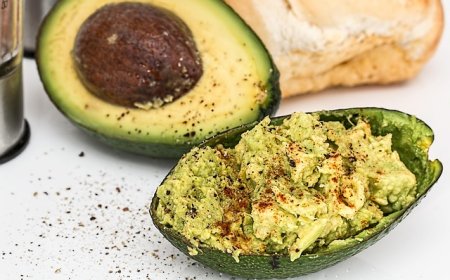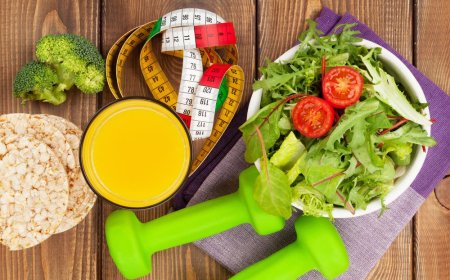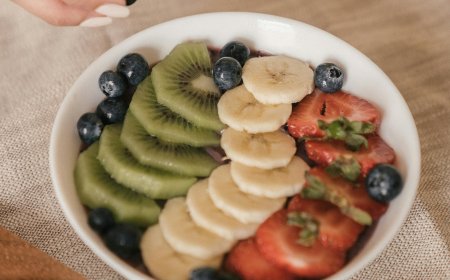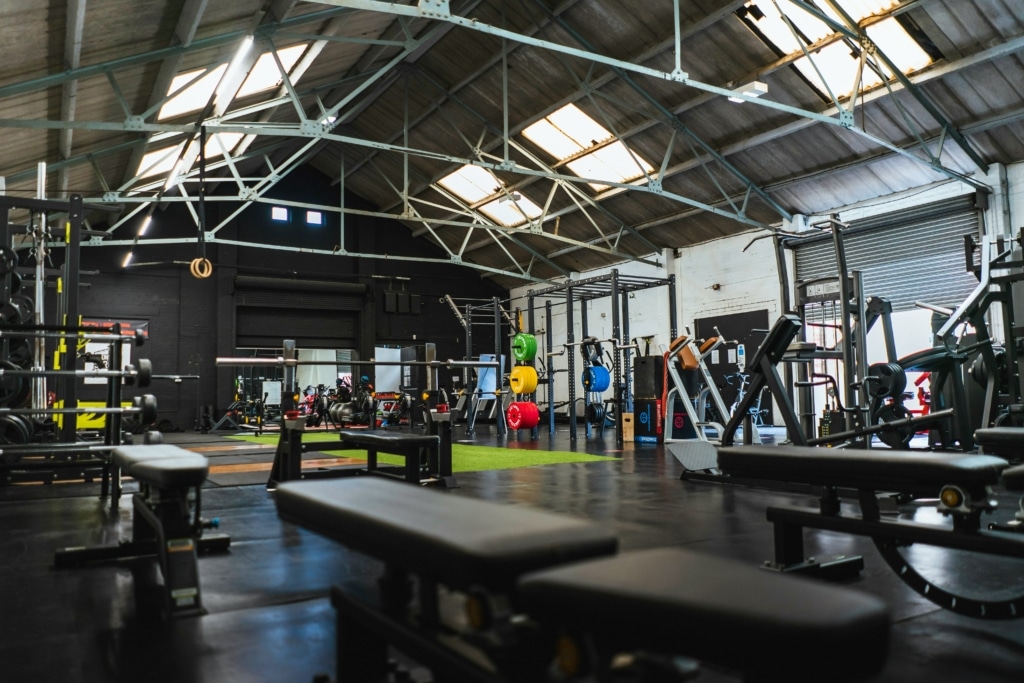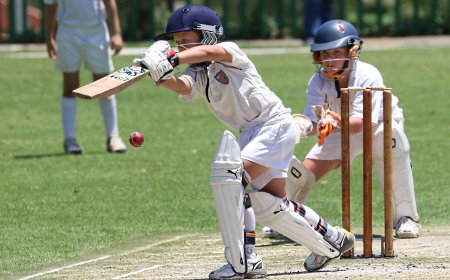"Sweat Smart: Strategies for Getting the Most Out of Your Workouts"
Exercise is a powerful tool for improving overall health and fitness, but simply working out isn’t always enough to achieve your goals. To maximize your results and make every minute of your workout count, you need to train smart as well as hard.
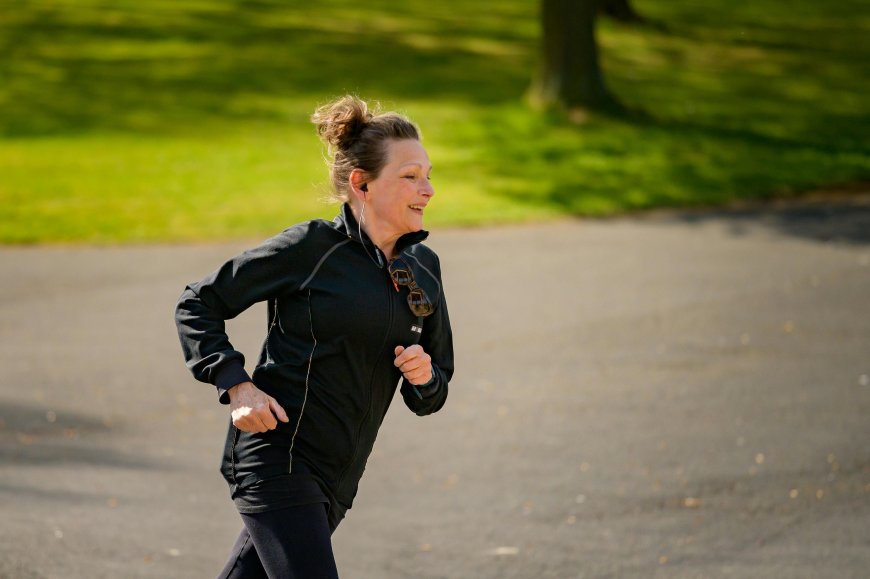
Here are some effective strategies to help you get the most out of your workouts and achieve your fitness goals more efficiently.
1. Set Clear Goals
Before you begin any workout program, define your fitness goals. Are you aiming to lose weight, build muscle, increase endurance, or improve flexibility? Clear goals will help you tailor your workouts to meet specific objectives and keep you motivated. Break down larger goals into smaller, manageable milestones to track your progress and celebrate your achievements along the way.
2. Create a Balanced Routine
A well-rounded workout routine includes a mix of cardiovascular exercise, strength training, and flexibility work. Each type of exercise offers distinct benefits:
- Cardiovascular Exercise: Activities like running, cycling, or swimming improve cardiovascular health and endurance.
- Strength Training: Weightlifting, resistance bands, or bodyweight exercises build muscle strength and support metabolism.
- Flexibility and Mobility Work: Stretching, yoga, or Pilates enhance flexibility, reduce injury risk, and improve overall movement quality.
Incorporate each type of exercise into your weekly routine for balanced fitness and optimal results.
3. Prioritize Form Over Weight
Proper form is crucial for preventing injuries and maximizing the effectiveness of your exercises. Focus on performing each movement with correct technique rather than lifting heavier weights or completing more reps. If you’re unsure about your form, consider working with a personal trainer or using instructional videos to ensure you’re doing exercises correctly.
4. Incorporate High-Intensity Interval Training (HIIT)
HIIT workouts alternate between short bursts of intense activity and periods of lower-intensity recovery. This approach boosts cardiovascular fitness, burns calories efficiently, and can improve overall workout performance. A typical HIIT session might involve 30 seconds of high-intensity exercise followed by 30 seconds of rest, repeated for 20-30 minutes.
5. Listen to Your Body
Pay attention to how your body feels during and after workouts. If you’re experiencing pain (rather than discomfort), it could indicate an issue with your form or an injury. Ensure you’re giving your body adequate rest and recovery time, and don’t push through pain. Rest days are as important as workout days for preventing overtraining and allowing muscles to repair and grow.
6. Stay Consistent
Consistency is key to seeing results. Develop a regular workout schedule and stick to it as closely as possible. Even on days when you’re short on time or energy, doing a shorter or less intense workout is better than skipping it entirely. Over time, consistent effort will lead to significant improvements in fitness and health.
7. Mix Up Your Routine
Variety prevents boredom and challenges different muscle groups, helping to prevent plateaus in progress. Rotate through different types of exercises, try new activities, or change the intensity and duration of your workouts. This approach keeps your workouts interesting and helps you avoid stagnation.
8. Warm Up and Cool Down
Warming up prepares your body for exercise by increasing blood flow to muscles and improving flexibility. A good warm-up might include light cardio and dynamic stretches. Cooling down after exercise helps reduce muscle soreness and improve recovery. Incorporate static stretching and deep breathing into your cool-down routine to help relax your muscles and restore flexibility.
9. Stay Hydrated and Fuel Your Body
Proper hydration and nutrition support exercise performance and recovery. Drink water before, during, and after your workouts to stay hydrated. Fuel your body with balanced meals and snacks that include carbohydrates, proteins, and healthy fats. Eating a light snack with protein and carbohydrates after a workout can help with muscle recovery and replenish energy stores.
10. Track Your Progress
Monitoring your progress helps keep you motivated and allows you to make necessary adjustments to your routine. Use a fitness tracker, journal, or app to log your workouts, track your performance, and review your achievements. Regularly assess your progress toward your goals and celebrate milestones to stay motivated.
11. Focus on Recovery
Recovery is an essential part of any workout program. Ensure you’re getting enough sleep, managing stress, and incorporating active recovery techniques like light exercise, stretching, or foam rolling. Proper recovery helps reduce the risk of injury, supports muscle repair, and prepares your body for future workouts.
12. Seek Professional Guidance
If you’re unsure where to start or need help with your technique, consider working with a certified personal trainer or fitness coach. They can provide personalized guidance, create a tailored workout plan, and offer valuable feedback to help you achieve your fitness goals safely and effectively.
Conclusion
Getting the most out of your workouts involves more than just showing up to the gym or hitting the pavement. By setting clear goals, maintaining proper form, incorporating a variety of exercises, and focusing on recovery, you can optimize your workouts and achieve better results. Remember, fitness is a journey, and smart training will help you stay on track and reach your goals more efficiently.
What's Your Reaction?













































